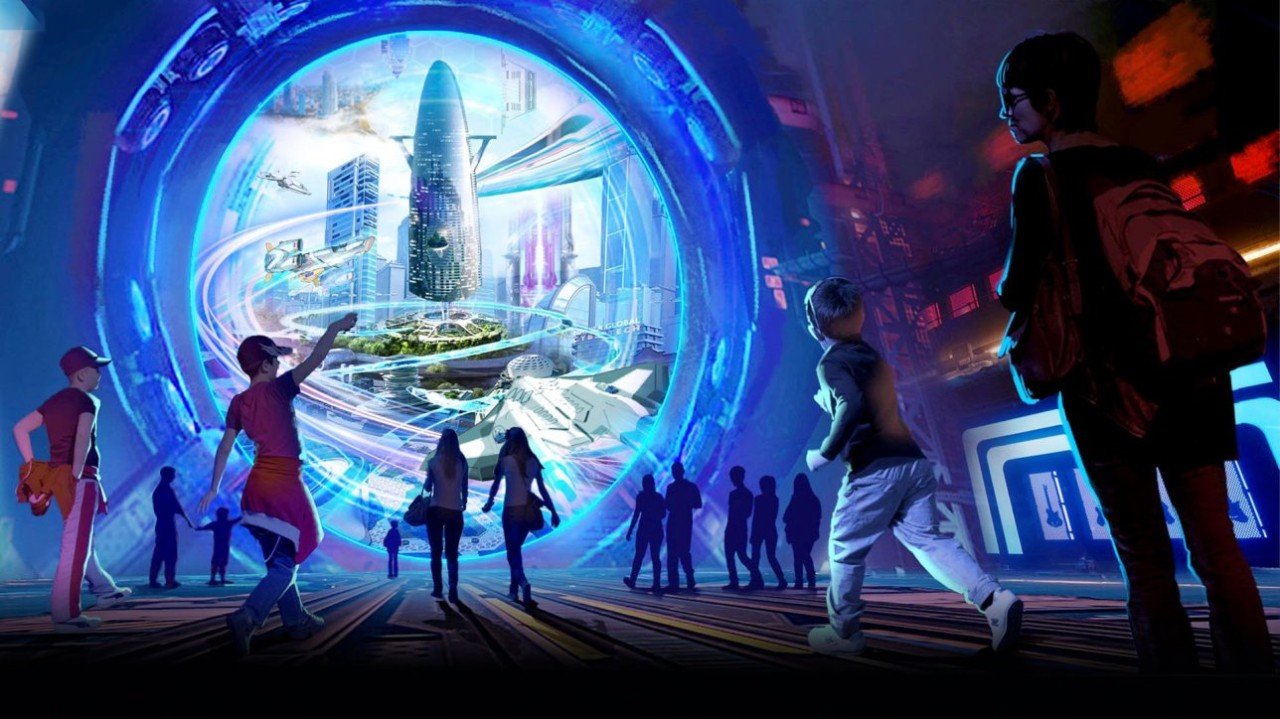In an era defined by rapid technological advancements, the way we educate the next generation is evolving at an unprecedented pace. STEM (Science, Technology, Engineering, and Mathematics) education, in particular, has found itself at the crossroads of innovation and adaptation. In this article, we will investigate how STEM education is transforming in the digital age, specifically in response to the surge in remote and online learning trends. We will explore the use of virtual labs, AI-driven personalized learning, and the critical role of digital literacy in shaping the future of education.
The Digital Revolution in STEM Education
The traditional classroom model has undergone a seismic shift in recent years, and STEM education is no exception. The rise of digital tools and online platforms has enabled educators to reach a broader and more diverse audience. The flexibility offered by remote and online learning has proven invaluable during the COVID-19 pandemic and beyond, making education accessible to students worldwide.
Virtual Labs: Bridging the Gap Between Theory and Practice
One of the cornerstones of effective STEM education is hands-on experimentation. Virtual labs have emerged as a viable solution to bridge the gap between theoretical knowledge and practical application. These interactive simulations allow students to conduct experiments and explore scientific concepts in a safe and controlled digital environment. Virtual labs are not only cost-effective but also enable students to experiment with cutting-edge technologies and equipment that may not be available in their physical classrooms.
AI-Driven Personalized Learning: Tailoring Education to Individual Needs
Artificial Intelligence (AI) has revolutionized personalized learning, making education more adaptive and effective. AI-driven platforms analyze students’ learning patterns and abilities, allowing educators to tailor lessons and assignments to individual needs. This not only enhances engagement but also helps struggling students catch up and allows advanced learners to progress at their own pace. AI algorithms are also used to recommend additional resources, ensuring a comprehensive learning experience.
Digital Literacy: A Critical Skill for the 21st Century
As STEM education increasingly shifts to the digital realm, digital literacy has become a critical skill. It encompasses the ability to use technology effectively, critically evaluate online information, and navigate digital spaces safely. Educators are placing a strong emphasis on teaching digital literacy alongside STEM subjects, as it equips students with the skills they need to thrive in the modern world and become responsible digital citizens.
The Future of STEM Education
The digital age has ushered in a new era of possibilities for STEM education. While the benefits are undeniable, challenges such as the digital divide and concerns about screen time must be addressed. Moreover, educators must continue to innovate and adapt to ensure that the quality of education remains high in digital environments.
In conclusion, STEM education in the digital age is transforming the way we teach and learn. Virtual labs, AI-driven personalized learning, and digital literacy are reshaping the educational landscape, offering both opportunities and challenges. As we navigate this virtual frontier, it is imperative that we harness the potential of digital tools to provide quality STEM education that prepares students for the challenges and opportunities of the 21st century.





